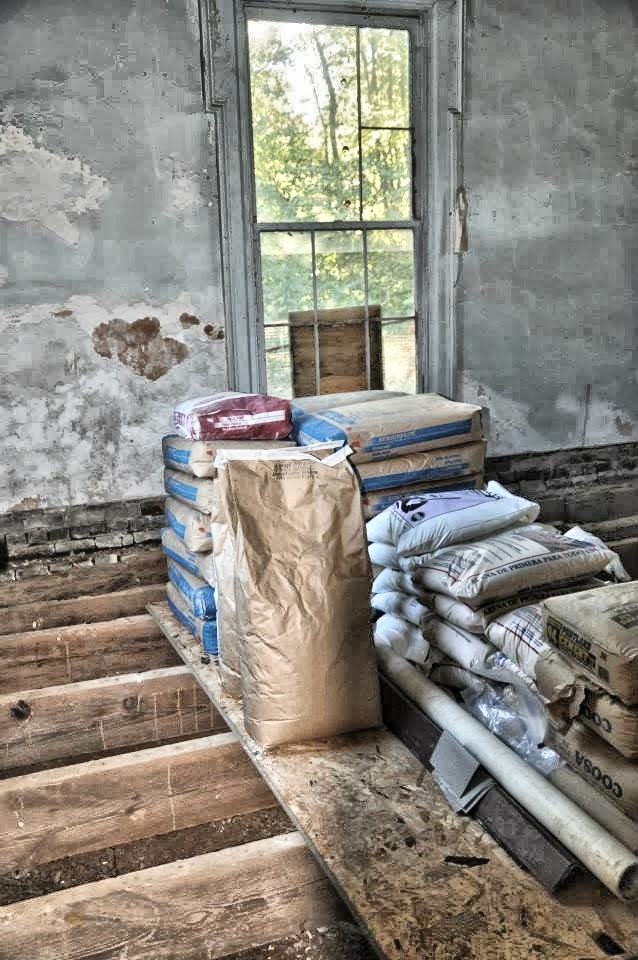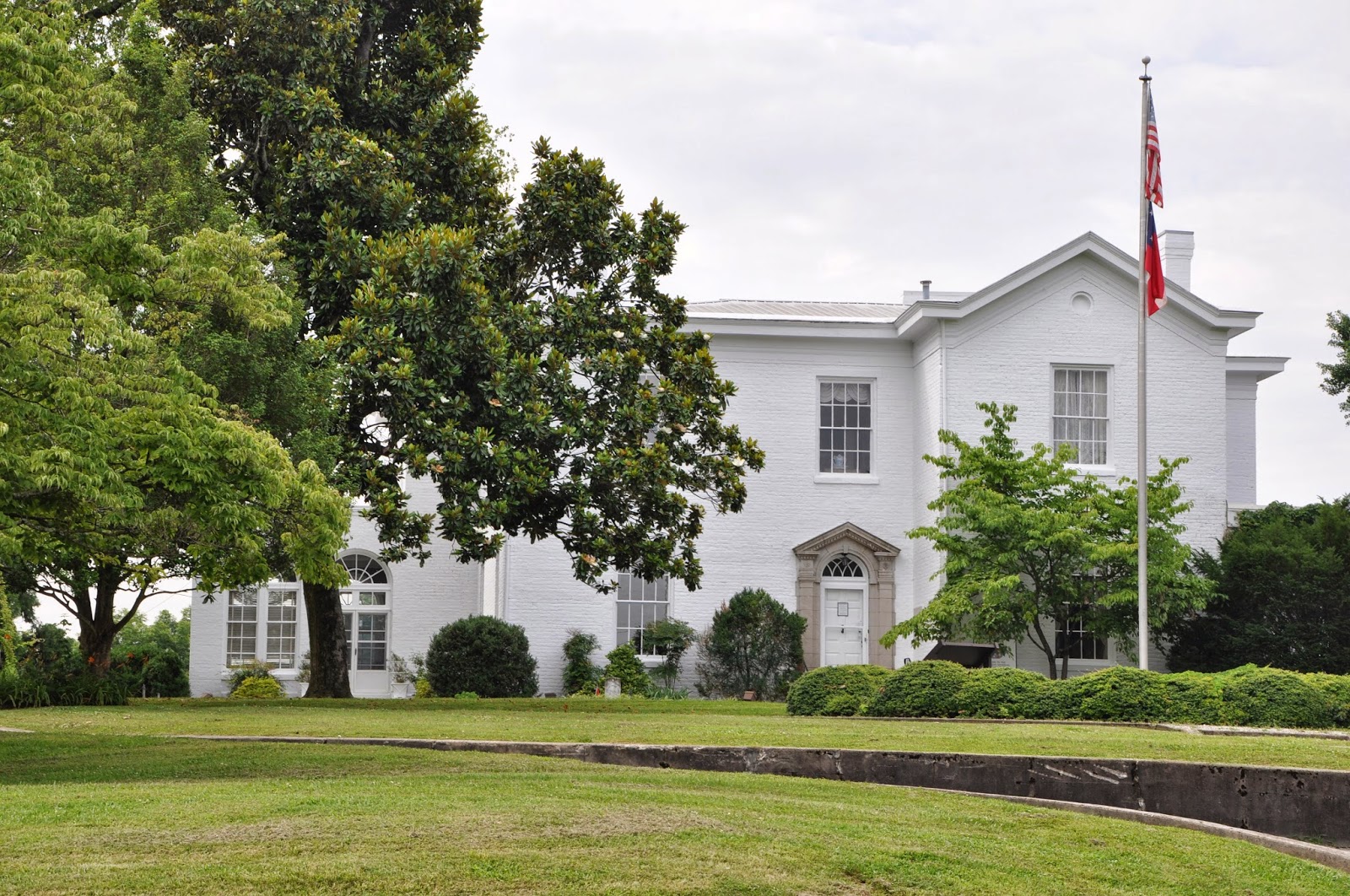Wednesday, October 30, 2013
Friday, October 25, 2013
Apple Houses
The definition of Fall in
the South is: Pansies, Chrysanthemums, Autumn leaves and football. I
have to add apples to the list. Mountain apples to be specific, not
the big shiny chain store apples, but the small, imperfect and
wonderfully fragrant apples from the mountains of East Tennessee,
North Carolina and Virginia.
 |
| Apple Orchard (photo from my cousin Becky) |
 |
| Picking Apples (photo from Donald Leonard Johnson) |
"We use to go to the
orchard after they were finished picking and get sacks of apples. My
dad would take the wagon and horses and we would haul around 40
bussels of all kinds and make a big copper kettle full of apple
butter. Mom would can it in quart jars. Our family was so big we ate
a quart at a time. Mom would make ginger bread and cover it with
apple butter. We were poor but we ate great. " DLJ
 |
| Apples, ready to be made into pies, fried apples, apple sauce and apple butter |
These apples are fron
Winchester, Virginia. This is where my Milburn ancestors lived from
1743 until Jonathan Milburn and his brother William H. came to
Tennessee just before Tennessee became a state. The Milburns were
Quakers and many of the Quaker families in Frederick County had apple
orchards. Soldiers were known to walk to the high ridge north and
west of town, where they could purchase and eat apple pies made by
the Quakers. The ridge became known as Apple Pie Ridge. The Ridge
Road built before 1751 leading north from town was renamed Apple Pie
Ridge Rd. The local farmers found booming business in feeding the
Virginia Militia and fledgling volunteer American army.
 |
| Apple pie right out of the oven |
I don't really have a
recipe for apple pie. I just cut clean apples with an apple slicer.
You can peel them, but I don't. Slice about 6 small apples and put in
a large bowl. Add some brown sugar, cinnamon and a tablespoon or so
of flour. How much flour depends on how much juice is in the apples,
so you may decide to add a little more or less. Add a tablespoon or
so of butter. Stir together and pour into an uncooked pie shell. Add
the top crust and seal the edges. Be sure to cut a vent in the top
of the pie. I cut an apple. Can you tell? Bake for ten minutes at
400º, then reduce the temperature to 350º and bake about 45 more
minutes until the crust is done.
Tuesday, October 22, 2013
City People Home Tour and much more
Wednesday, October 16, 2013
Busy Weekend
There were so many events last weekend that it was impossible to visit them all. I did my best, starting with breakfast at Pete's, a quick photo shoot at Market Square and a stop at McClung. Then it was on the Conservation Exposition of 1913 Centennial at Chilhowee Park and the Parkridge Barber House Tour.
Sunday started with meeting my friend and fellow blogger Dave Tabler (read his blog here) at the Museum of Appalachia for breakfast and a tour of the museum.
Then it was on to the Battle of Fort Sander's Sesquicentennial. This was a very well organized event.
 | |||||||||||||||||||
| 1913 Conservation Exhibition Centennial |
 | ||
| Parkridge Barber House Tour |
 | |||||||
| Appalachian Museum Fall Homecoming Weekend |
 |
| Battle of Fort Sanders Sesquicentennial |
Supreme Court Building on Henley Street Proposed Project
 |
| Supreme Court Building site from Google maps |
Yesterday KNS reporter Josh Flory had an article about revisions to proposed plan for this site. The modifications would result in a much smaller and decidedly pedestrian hostile (or at least unfriendly) plan. If you have a subscription to the paper, you can read it here
This plan was was less attractive to me than proposal 2 that had a better design for the lower floors of the building,
If you cannot access KNS or if you want more detailed information, you can find in on the Development Corporation site. Link
Thursday, October 10, 2013
Wednesday, October 9, 2013
Knoxville Civil War Driving Tour
1. Mount Olive Cemetery Sultana Monument: This monument is in the cemetery on the hill beside the Mount Olive Baptist Church stands the Knoxville Sultana monument that was erected through the efforts of the Knoxville area Sultana survivors. The dedication service was on July 4, 1916, with several Sultana survivors present.
2.View of the bluff from Neyland Dr: Several Forts were located along the South side of the river including Fort Higley, Fort Dickerson and Fort Stanley.
3. Fort Dickerson: Fort Dickerson was constructed during the winter of 1863-63 and named for Lt Jonathan Dickerson who was killed in the Knoxville Campaign.
4.Pontoon Bridge: Marker near the site of the pontoon bridge built by Union troops
5. Lamar House- Bijou Theatre:
It was here that General William P. Sanders died on November 19, 1863.
He was the only general killed in the Knoxville Campaign. This hotel was
built in1817.
6.
East
Tennessee History Center: Museum, Knox County Archives and the
McClung Collection are located in this building. There is also
information about area historic sites.
7. Mabry- Hazen House and Confederate Cemetery: Home of Joseph A. Mabry, Jr who outfitted an entire Confederate company recruited in Knoxville. The company was called 'The Mabry Grays' in his honor. The house is open to the public and information about the Confederate Cemetery is available at the Mabry- Hazen House.
8. View from Mt Cavalry Baptist Church: This is the Northern most extension of the Union line.
9. Battery Wiltsie: Historical marker, view overlooking the railroad
10. Deaf & Dumb Asylum (Old Knoxville City Hall) was built about 1848 and was used as a hospital by the Union and Confederate armies.
11. National Cemetery: Began about 1863 as a burial place for for casualties of the Knoxville Campaign
12. Old Gray Cemetery: This park like cemetery was founded in 1852 and many people who played a prominent role during the Civil War are buried here.
13. McClung Museum: Located on the campus of the University of Tennessee, The Civil War in Knoxville is a permanent exhibit.
14. NY Highlander's Monument: the Highlanders helped defeat Longstreeet's troops at the Battle of Fort Sanders.
15. Fort Sanders Assault Historical Marker
16. United Daughters of the Confederacy (UDC) Monument dedicated to the Confederate soldiers who fell in the assault on Fort Sanders November 29, 1863. Fort Sanders Marker
17. Crescent Bend (Armstrong- Lockett House): This house was used by both Union and Confederate Armies as a command center and hospital.
18.Second Presbyterian Church: “On November 17th, the Federals retreated to Knoxville, only to find the earthwork defenses barely begun. In order to make the city defensible, time was needed to construct gun emplacements and rifle pits. This prominent hill was chosen as the defensive position from which to stall the advancing Confederates. The responsibility of fending off the Confederates was given to 30-year-old cavalry General William P. Sanders, a southerner and West Point graduate who chose to remain with the Union. With only 700 troops protected by fence-rail breastworks, Sanders held the line commanding the Kingston Road for over 24 hours. In the last minutes of the fight, Sanders was mortally wounded. He died the next day in Knoxville and was buried at the 2nd Presbyterian Church on Market Street. Ironically, the Second Presbyterian Church moved to this site in 1956.” Dot Kelley
19. Bleak House- Confederate Memorial Hall: “This antebellum home was headquarters to both Gen. Longstreet and General Lafayette McLaws during the siege of Knoxville and the battle of Fort Sanders. Cannons at times were fired from the lawn; the tower was used by sharpshooters firing on Fort Sanders 2500 yards to the northeast. At the foot of the garden, the enterprising Confederates constructed a flatboat and telegraph wire ferry to move cannon to the south side of the river. Gen. Longstreet directed the battle of Fort Sanders from this house, which is now a museum owned by the United Daughters of the Confederacy (UDC).” Dot Kelley
20. Battle of Campbell Station: In early November 1863, Lt. General James Longstreet, with two divisions and about 5,000 cavalry, was dispatched to attack Major General Ambrose E. Burnside's troops at Knoxville. Following parallel routes, Longstreet and Burnside raced for Campbell's Station, the place where the Concord Rd intersected the Kingston Road just South of Knoxville. Burnside hoped to reach the crossroads first and continue on to safety in Knoxville; Longstreet planned to reach the crossroads and hold it, which would prevent Burnside from gaining Knoxville and force him to fight outside his earthworks. Longstreet's plan was not successful.
21. David Farragut Monument and Farragut Museum: David Farragut served in both the War of 1812 and the Civil War. He was born near this location.
View Knoxville Civil War Driving Tour in a larger map
Subscribe to:
Posts (Atom)




















































.JPG)








